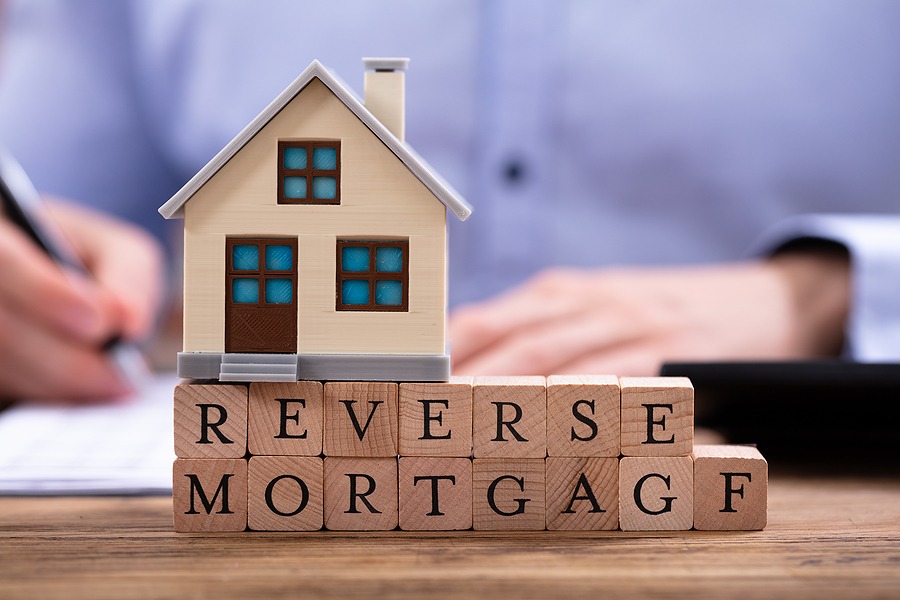A reverse mortgage is just what it sounds like, the exact opposite of a standard mortgage. Instead of the homeowner making payments to the lender, it’s the lender who pays the homeowner. This is something homeowners who are 62 or older may be able to qualify for in order to leverage the equity in their homes. If you or a loved one is interested in reverse mortgage rates, you can learn more here.
What is a Reverse Mortgage?
A reverse mortgage is a type of loan that allows homeowners who have paid off their mortgage to borrow back some percentage of the value of their home. They don’t have a monthly payment, and don’t have to sell their home, but once the borrower dies, moves out, or sells the home, then the loan has to be paid.
To be eligible for a reverse mortgage the homeowner must generally meet the following list of criteria:
- The homeowner is 62 years old or older
- The home is paid for and is used as a primary residency
- Your property is in good condition and well-maintained
- You remain current on home insurance and property taxes
How Much Can I Get From a Reverse Mortgage?
The amount of money you can receive from a reverse mortgage depends on different factors, such as the age of the person, the condition of the house, its market value, current interest rates, and type of mortgage rates. Nevertheless, the homeowner should never expect to receive the full value of the home. Instead, they will receive a percentage of their home’s market value. You can choose to accept your payments as a line of credit, or in monthly payments.
Costs Associated With Reverse Mortgage Rates
The origination fee is usually 0.5% to 1% of the loan amount. It’s required in order to process the loan. Sometimes this fee is negotiable, at least to an extent. An average appraisal fee ranges between $300 and $500. An appraiser is the person who determines the market value of your home. Some lenders also charge a monthly fee to maintain and monitor reverse mortgage rates. This is referred to as a service fee. Mortgage insurance premiums have a 2% initial MIP and an annual MIP equal to 0.5% of the loan balance. Overall, reverse mortgage rates tend to be higher, but they vary according to the lender and the homeowner’s credit score.
Exploring Reverse Mortgages
Do you have questions about reverse mortgage rates? There are many financial factors to consider when you’re a homeowner. If you think a reverse mortgage may be right for you, contact Karen Douglas at The Mortgage Genie by filling out this quick contact form, or call her at (925) 648-0981.


